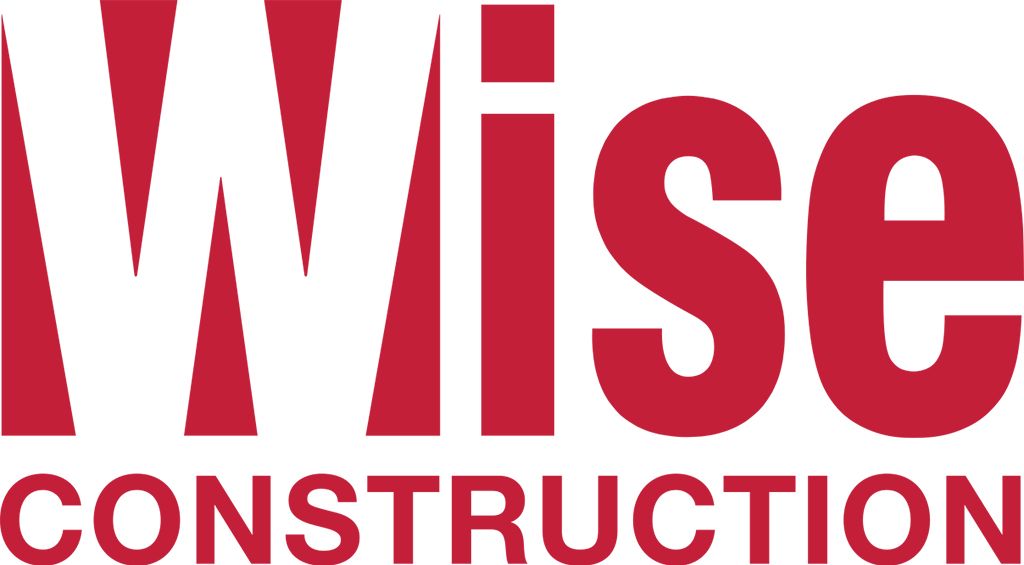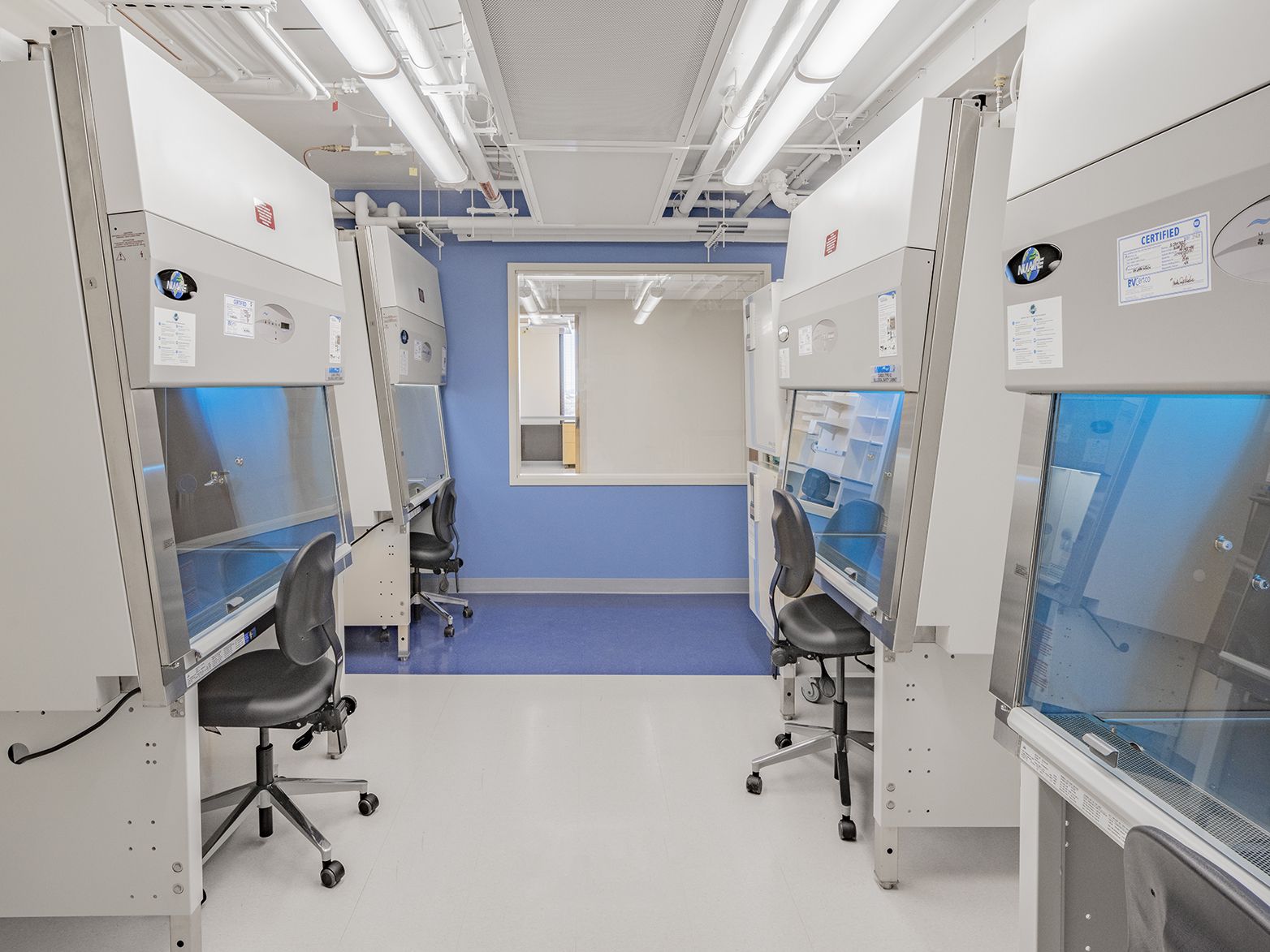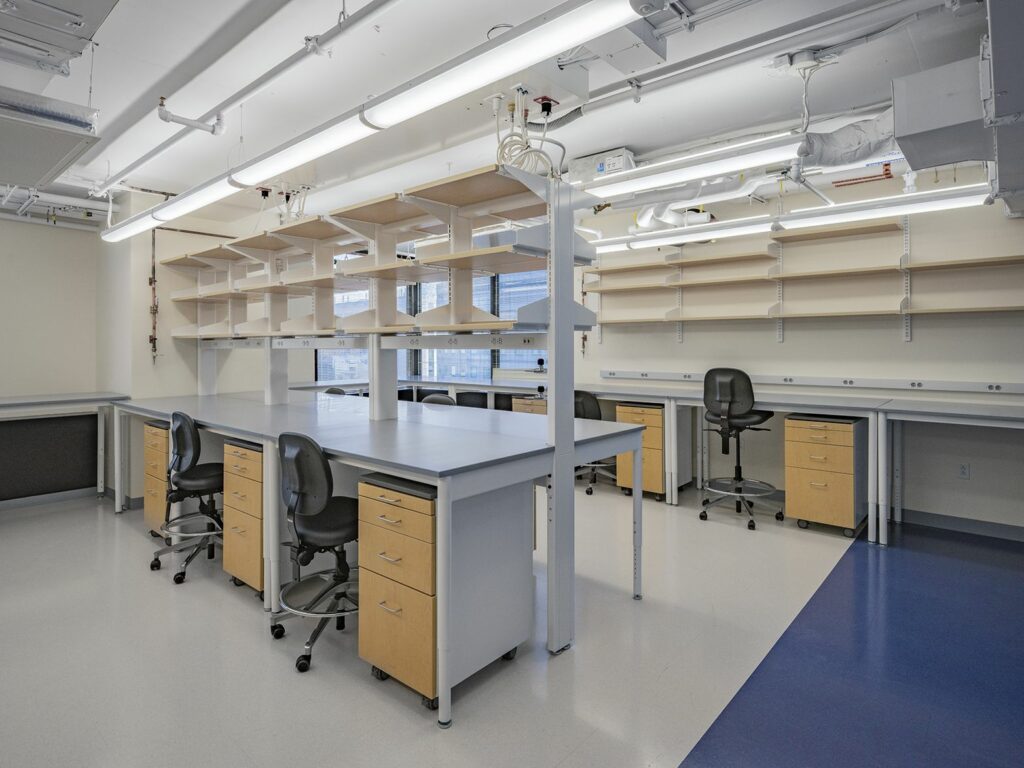The future of healthcare construction is evidently bright—and its need is increasing by the second. Wise Construction leads the Greater Boston healthcare surge knowing that delivering facilities on time is no longer just a goal, but a necessity
Wise’s expert ability in healthcare construction begins with our experienced Wise team members, who are always ahead of market trends and who will identify only the best solutions for our clients.
We sat down with expert Eric Libby, Senior Vice President, to talk about healthcare trends both related and unrelated to COVID-19. Eric, who has been working for reputable healthcare clients for over two decades, was happy to share his thought leadership on the important subjects. Eric shares his insight into a post-Covid industry, sustainability trends, the importance of preplanning, and the hope for a safer, hands-free future in hospitals.
What has been one of the most significant healthcare trends thus far due to COVID-19?
In response to the mental health crisis COVID is causing, the demand for behavioral health facilities has risen significantly. Another interesting programmatic change our healthcare clients have been requesting our assistance with is the re-utilization of office and administration space for laboratory areas. Healthcare administration workforces remain remote so hospitals are transforming these underutilized areas into much needed research and development spaces. And perhaps most unsurprisingly, we’ve also seen a number of healthcare clients seeking increased isolation areas to support and protect patients with highly communicable diseases like COVID. We’ve been partnering with our healthcare clients to identify solutions that allow heads-in-beds as quickly as possible—looking at ways to reconfigure and repurpose hospital areas to fast-track the addition of isolation areas to meet the demand of COVID.
How have you stayed on top of lead times while managing the ongoing crisis of supply chain shortage?
The havoc that supply chain and workforce shortages have caused on the world, and construction specifically, have transformed the way that we are working with our clients and helping them to navigate these challenges. In the days before COVID, preconstruction planning had a relatively linear approach—design, estimate, procure, build—but in today’s world, procurement is now in parallel to design and estimating. This allows our projects to stay ahead of challenging lead times and escalation. We are also helping our clients plan and prepare for projects one to two years in advance. Procuring critical items now mitigates supply chain impact later on.
Another area we are assisting clients is taking a hard look at existing systems and determining how we can achieve their requirements while keeping it sustainable for today’s current conditions. We’re helping clients determine how to utilize their space as efficiently as possible without having to procure any elements impacted by the supply chain. Essentially we’re figuring out how they can best work with what they’ve got and to avoid ordering equipment that could be delayed due to supply chain issues. For instance, recently a client needed a new exhaust fan system to support the addition of 12 fume hoods in their laboratory space. The exhaust fan had a 30-week lead time and the client needed their facility online much sooner than this. We evaluated their current infrastructure and determined that we would be able to install at least six fume hoods in its current state. This would give them a solution to get the facility up-and-running immediately while waiting for the additional exhaust fan to arrive to install the additional fume hoods.
How is sustainability and climate change impacting healthcare construction today?
We’re seeing more and more healthcare clients committing to decarbonization and to addressing climate change through sustainable, greener healthcare facilities. In the Boston area in particular, healthcare clients are responding to the Building Emissions Reduction and Disclosure Ordinance (BERDO) which has set a net-zero goal by 2050. When we assist our clients with the planning of their mechanical systems, we are always thinking about efficiency and performance. Many are minimizing their reliance on gas and seeking alternate renewable energy sources through solar panels and electricity. Many are moving away from conventional boilers, for example, and implementing heating and cooling pumps. Clients are seeing that not only with these changes do they combat global warming, but they are significantly reducing their operating costs and reducing disease caused by air-borne pollutants.
How are all the mergers and acquisitions happening in healthcare changing how campuses are being planned and developed?
Suburban healthcare has been another notable trend. With so many mergers and acquisitions happening in healthcare, many of the big city hospitals now have footholds out in suburban communities and are making top medical providers accessible to communities outside of cities. Many “storefront” healthcare facilities are popping up where hospitals are occupying vacated big-box stores from by-gone retailers like Sears.
What does the future of healthcare construction look like to you?
Technology in hospitals could be truly powerful and transformative, especially as it relates to the mitigation of communicable diseases. Voice activation, for example, could eliminate the risk of high-touch surfaces for doors, environmental controls, lighting, window blinds, faucets, and TVs and would better accommodate patients that are immobilized.
As an industry, safety is critical to everything we do. While we’ve always had heightened awareness around communicable diseases and transmission, especially in the post-COVID world, there are areas where we can improve. From my experience building cleanrooms and spaces with strict protocols, I’ve often thought there are best practices that would translate well to healthcare construction. For example, making booties and gowns mandatory regardless of which area of the hospital you are working in and adding an air shower system within anterooms could serve as added precautions for infection, dirt, and dust control within hospitals.


